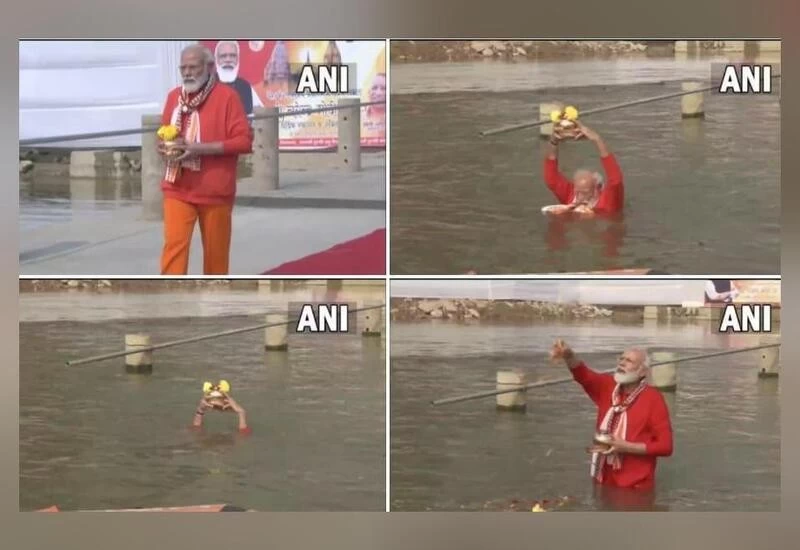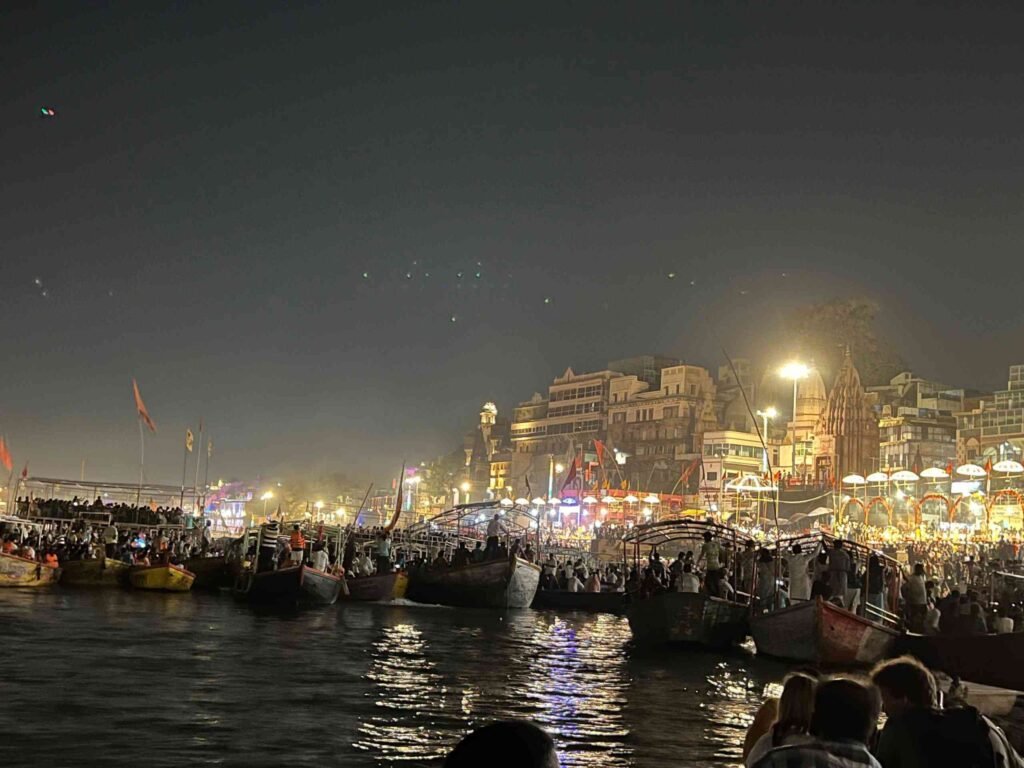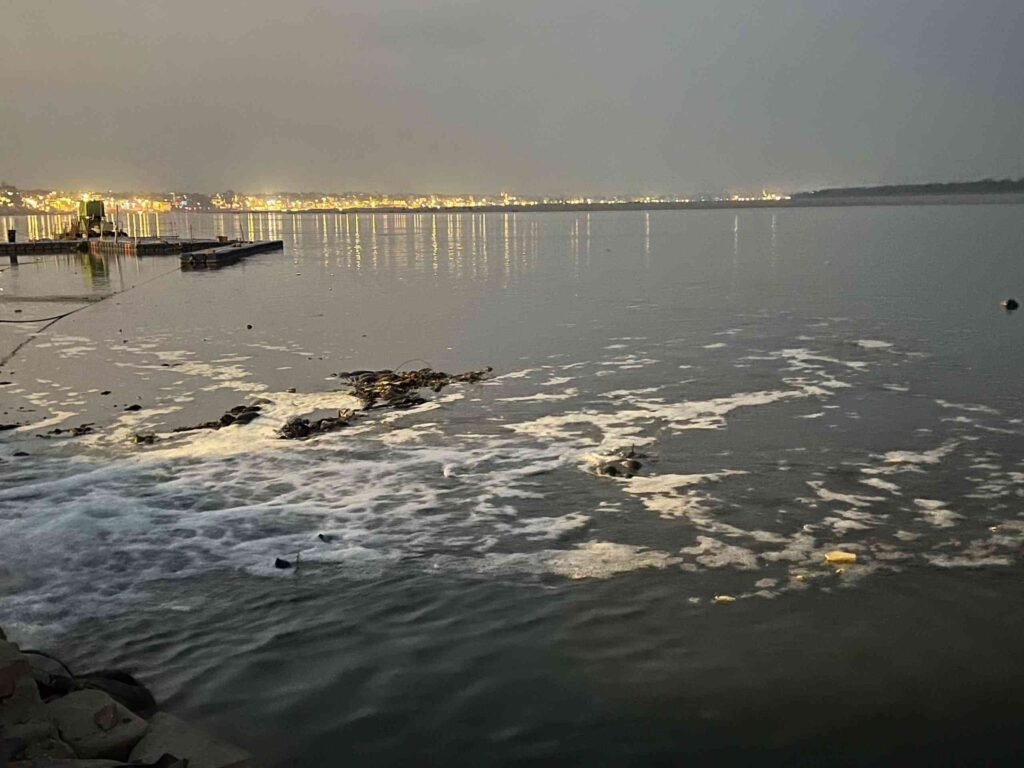The Indian government has been making efforts to clean the Ganga river for several decades, starting with the Ganga Action Plan in 1985 and continuing with subsequent projects such as the National Ganga River Basin Project in 2008. The most recent initiative is the Namami Gange Program, which was introduced in 2014.

Prime Minister Narendra Modi, who assumed office in 2014, made a commitment to clean the Ganga river. In line with this, his government introduced the Namami Gange program, which emphasizes the use of scientific methods to reduce pollution and enhance conservation and rejuvenation efforts.
The Central Pollution Control Board of India has reported that approximately Rs 20,000 crore was utilized for the cleaning of the Ganga river from 1986 to 2014. An additional Rs 13,000 crore has been allocated and spent since 2014, with the government adopting a more technical approach to address the issue.
The government states that their project, which prioritizes technology, has achieved success in improving the Ganga river, unlike previous attempts. The chief minister of Uttar Pradesh claimed that the river is now so clean that even foreign diplomats are bathing in it and dolphins are returning.

The section of the river in Varanasi where tourists pray and bathe is noticeably cleaner now compared to before 2014, with rubbish and floating dirt seemingly removed.
In a response given to the Indian parliament last year, the Ministry of Jal Shakti, which overseas water issues, said that between 2018 and 2021, there was a marked improvement in the state of the river: “None of the Ganga Stretches [where pollution levels were tested along the river] are in Priority Category I to IV and only two stretches are in Priority Category V,” it said.

Category I indicates that water is “critically polluted”, whereas Category V denotes water that is “fit for bathing”. The Central Pollution Control Board report which was quoted by the minister, did not mention the same.
The sewage treatment plants in India use advanced technology like bioremediation and Sequence Batch Reactors to effectively eliminate inorganic or toxic substances from the water.
Bioremediation involves using living organisms, such as microbes, to consume and transform water pollutants like animal waste and litter. These microbes break down and convert the pollutants into natural organic substances like nitrogen, carbon, and phosphorus.

Despite Indain governments efforts to clean up the Ganga, waste is still being dumped into the river. Industries are still disposing chemicals and heavy metals, while households contribute their kitchen and toilet waste. The main source of pollution in the Ganga is household sewage. In Varanasi, cremations still occur and sometimes dead bodies can be seen floating in the river.
Reference- NIC website, Press Information Bureau, Times Of india, Pollution Control Board






